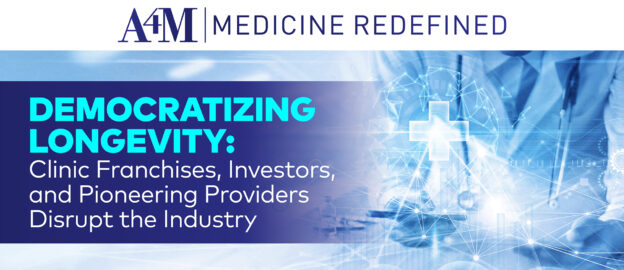Longevity medicine has become a buzzword, with cutting-edge science and innovative business models revolutionizing how we approach aging and wellness. It’s a field that has captured the attention of many, from the wealthy elite to the everyday individual seeking to optimize their health and extend their lifespan.
Last week, we delved into the luxurious world of elite longevity clinics, where a wide array of health-enhancing services comes at a significant expense, often reaching tens of thousands of dollars. While these state-of-the-art facilities offer groundbreaking anti-aging interventions, their exorbitant costs render them inaccessible to most of the population. This exclusive approach to longevity medicine may serve the interests of key stakeholders, such as investors, owners, affluent patients, and the market, but it fails to address the core mission of healthcare: improving patient outcomes across all demographics — regardless of socioeconomic status, ethnicity, gender, or geographic location. The glaring accessibility gap in longevity medicine presents a prime opportunity for disruption.

